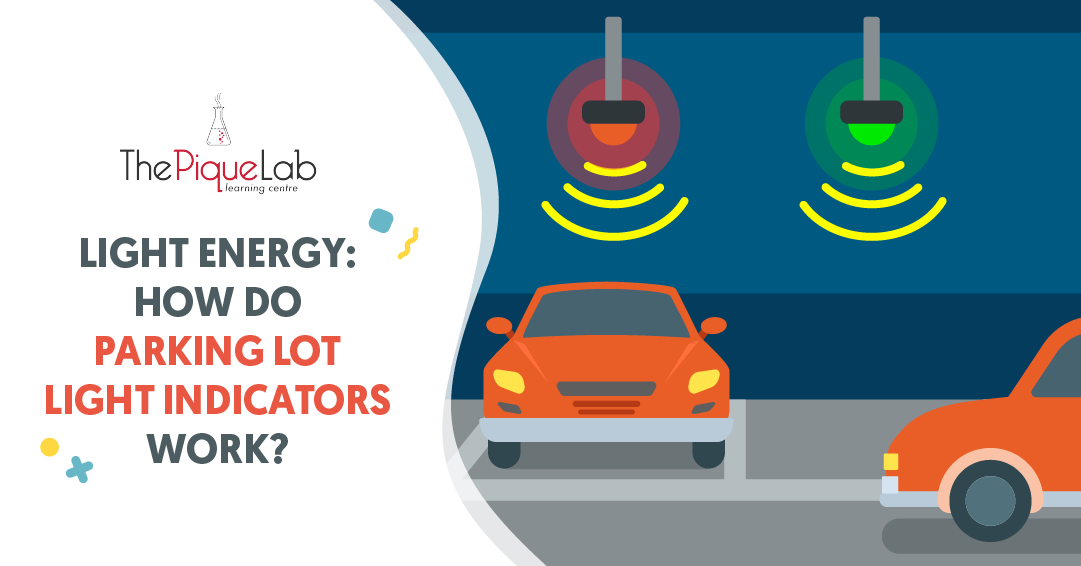Welcome back to our Examination Paper Analysis series!
In this article, we will be reviewing the 2018 P4 Henry Park Primary School (HPPS) SA1 Science Examination Paper. As usual, we will be starting off with a summary of the topics tested.
What Topics Are Covered In This Paper?
The topics covered in this paper (both Booklets A & B) include:
- Plants and Fungi
- Body Systems
- Matter
- Heat Energy
- Materials
- Animal Classifications
- Magnets
- Animal Life Cycles
The three topics that hold the greatest weightage in this paper are Matter (10 questions), Materials (8 questions) and Heat Energy (6 questions).
If your child would like to increase his/her question exposure for these three topics, do attempt the 2018 P4 Henry Park Primary School SA1 paper!
As the questions on Matter are rather straightforward, I will be picking a question on Materials for discussion and a question on Plants to point out and clarify some common misconceptions students have.
Read Also:
Let’s Take A Look At Question 23

Source: Henry Park Primary School – 2018 P4 SA1 Examination Paper [Q23]
Here’s Some Background Information
In the topic of Materials, one of the most commonly tested questions is:
“What properties does this material have that makes it suitable to make a specific object?”
For such questions, students are required to link the properties of the material to the purpose of the object.
Question 23 is one example of such a question.
Thought Process
In this question, the question asked for the properties that make a car tyre suitable for the hide-and-seek game at an outdoor playground.
To be able to identify the properties that make the car tyre suitable, let’s first think about the purpose of the car tyre.
The purpose of the car tyre is to provide a hiding place for the children.
To serve as a good hiding place, the ‘catcher’ must not be able to spot anyone hiding inside the tyre stack. Hence, the tyre stack needs to be OPAQUE and NOT allow light to pass through.
Another important factor to consider when choosing the car tyre to be used in the playground is that the car tyre must be WATERPROOF. As these car tyres remain outdoors even on rainy days, they must not absorb water.
As seen from above, I have shown how these two properties allow the car tyre to serve its purpose for the hide-and-seek game at an outdoor playground.
Let’s now take a look at the last property provided in the question: This property is one that students tend to overlook.
Many students think that the car tyres only need to be waterproof and opaque. However, these two properties are not enough to make the car tyre suitable for the hide-and-seek game at an outdoor playground.
Let me explain why.
If a child wants to hide in the stack of the car tyre, he/she would need to climb up the car tyres to enter the tyre stack.
Thus, these tyres need to be strong so as to withstand the weight of the children climbing in and out of the tyre stack. If the tyres are not strong and break easily, it will not be safe for the children to play with the car tyres anymore!
Imagine the tyre stack crumbling down when a child climbs on it, the child might be seriously injured! Thus, it is extremely important for the tyres to be strong.
As such, the car tyres need to be strong, waterproof and opaque to be suitable for the hide-and-seek game in an outdoor playground.
Here’s The Answer
The answer to this question is Option (4).
Let Us Take A Look At Question 37

Source: Henry Park Primary School – 2018 P4 SA1 Examination Paper [Q37]
Here’s Some Background Information
We have learnt that there are two types of plants: flowering plants and non-flowering plants.
How do we differentiate between a flowering and a non-flowering plant?
One difference that we have learnt is that flowering plants reproduce by seeds, while non-flowering plants reproduce by spores.
On top of that, we can also differentiate these 2 types of plants by observing if the plant produces flowers. The understanding that students commonly have is:
“If I see flowers on the plant, it means that it is a flowering plant. If I do not see flowers on the plant, it means that it is a non-flowering plant.”
However, this is INCORRECT!
There are 4 possible reasons why we may not observe flowers on a plant:
- It could be a non-flowering plant.
- It could be a YOUNG flowering plant (flowering plants only produces flowers when it reaches the adult stage).
- The flowers could have already been developed into fruits (flowers develop into fruits after pollination and fertilisation).
- It is not the flower’s blooming season yet.
Note: The process of pollination and fertilisation will only be taught at the P5 level. At the P4 level, your child only needs to know that a flower can develop into a fruit.
Thought Process
From the diagram in the question, fruits are observed on Organism Q.
As fruits develop from flowers, this suggests that the flowers of Organism Q have already developed into fruits. This indicates that Organism Q is a flowering plant.
Here’s The Answer
Hence, the answer to this question is:
“Ben’s statement is not correct. Fruits are observed on Organism Q and fruits develop from flowers. This shows that Organism Q is a flowering plant as only flowering plants can bear fruits.”
Moving Forward
I hope that after reading this article, you now have a better understanding of how to answer these question types that students commonly have misconceptions about.
Stay tuned for more articles coming your way! 🙂

If you like our methodology, we've some upcoming workshops:







